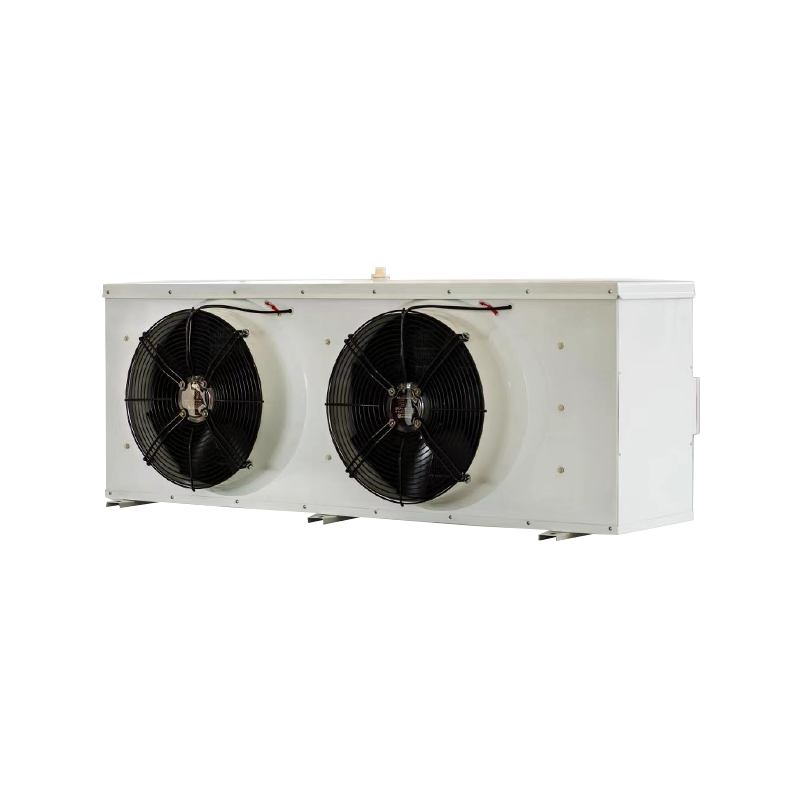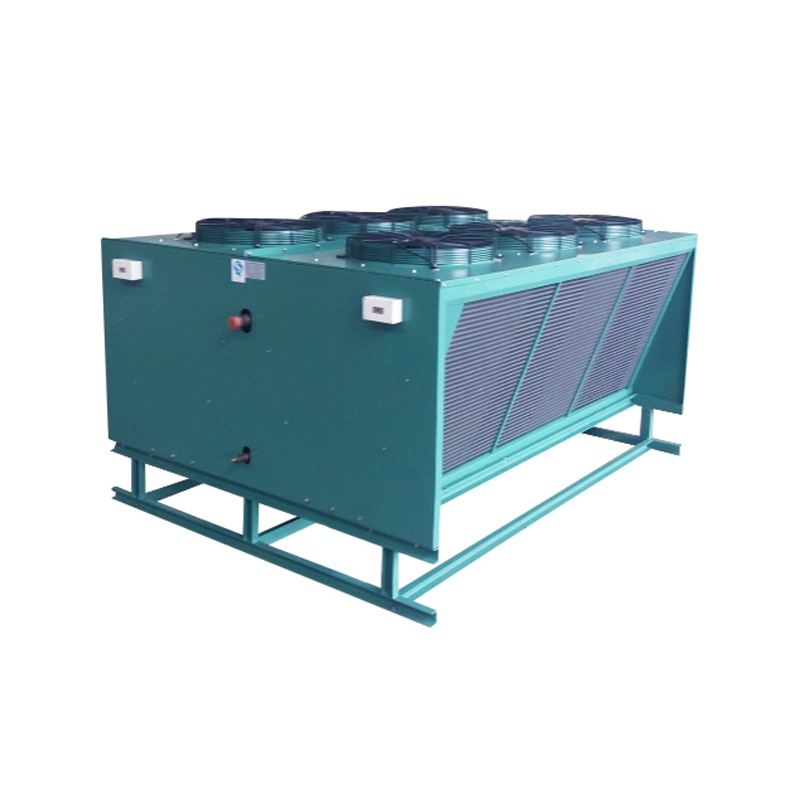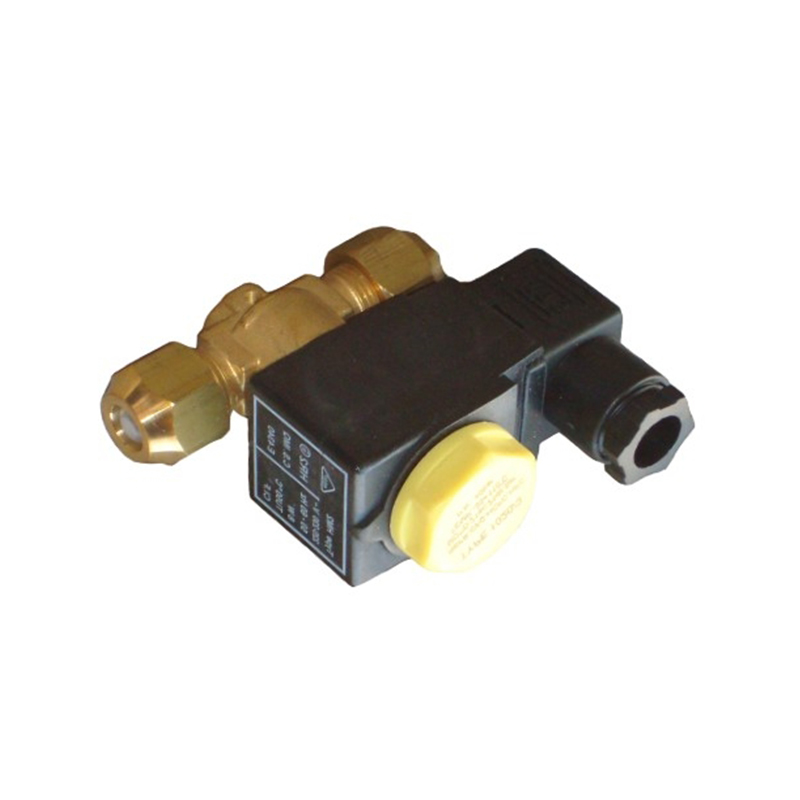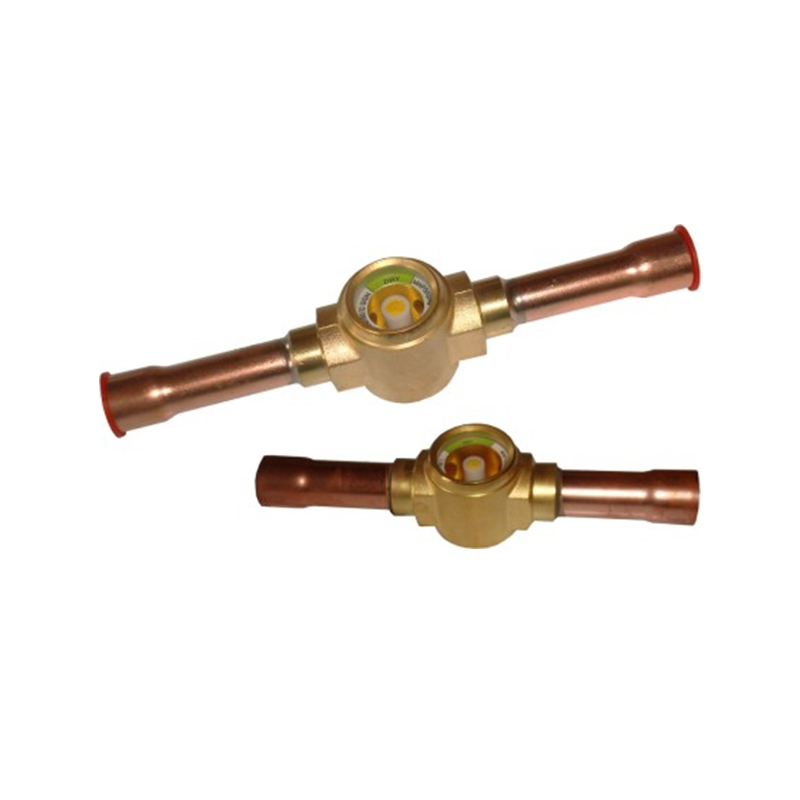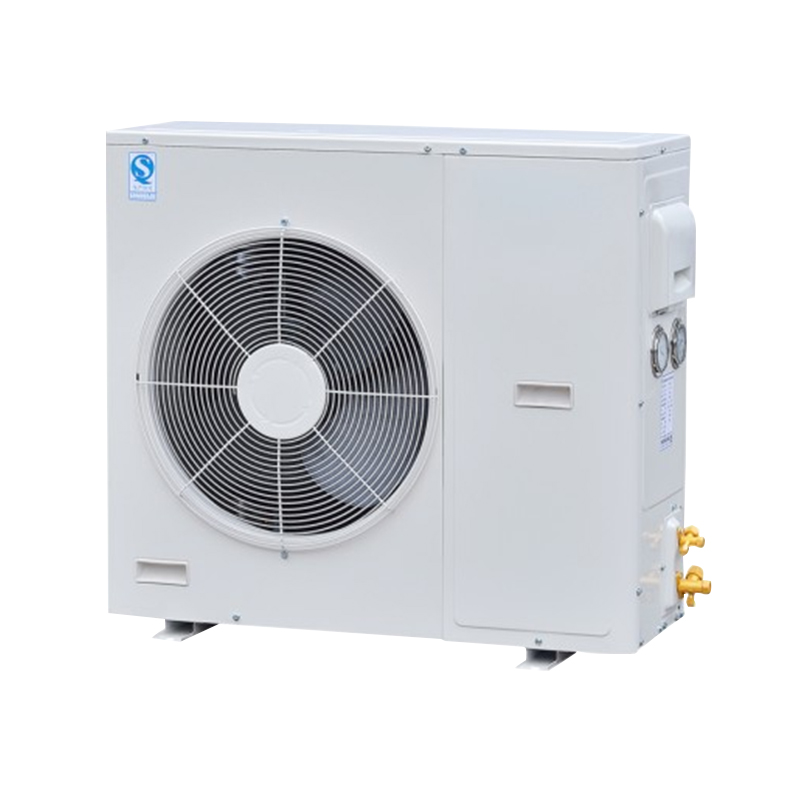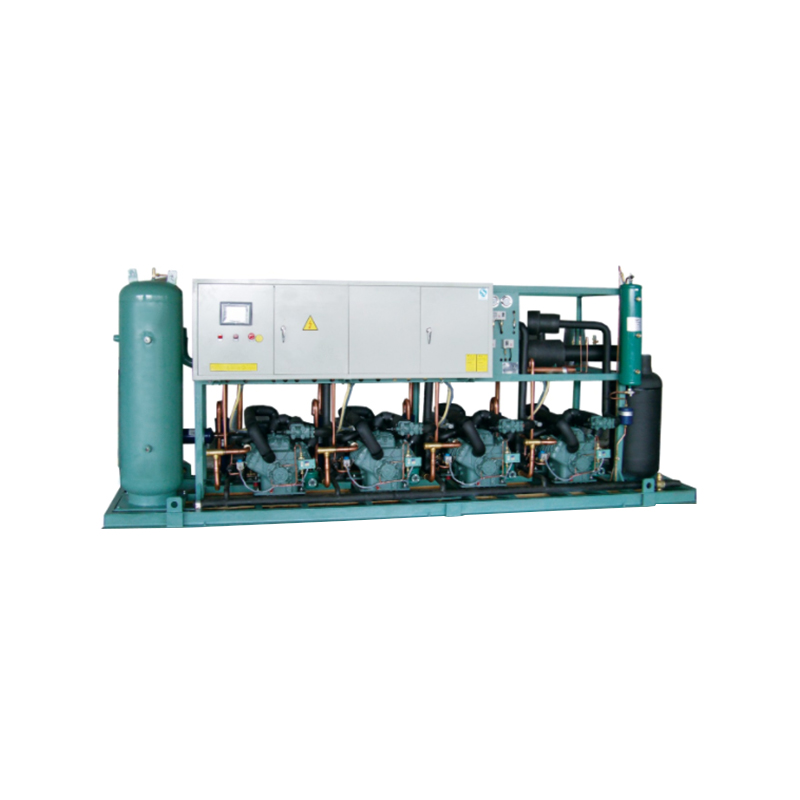The refrigeration compressor is a critical component of any cooling system, whether it's used in air conditioning, refrigeration units, or industrial cooling applications. Its primary function is to circulate the refrigerant through the system by increasing its pressure and temperature, enabling the refrigeration cycle to work effectively. The compressor plays a key role in ensuring that the cooling system operates efficiently, maintaining the desired temperature and pressure for optimal performance.
At the heart of a refrigeration system, the compressor's role begins as it takes in low-pressure, low-temperature refrigerant gas from the evaporator. This refrigerant is typically in a vapor state, having absorbed heat from the area that needs cooling. The compressor then compresses this refrigerant gas, which increases both its pressure and temperature. By doing so, the compressor transforms the refrigerant into a high-pressure, high-temperature gas, which is crucial for the next stages of the refrigeration cycle.
Once the refrigerant has been compressed, it flows into the condenser, where it releases the absorbed heat and changes back into a liquid state. The compressor’s ability to elevate the refrigerant’s pressure ensures that the heat dissipation in the condenser occurs effectively, which is essential for cooling the surrounding environment.
The compressor also helps maintain the flow of refrigerant through the entire system. Without it, the refrigerant would not circulate, and the cooling cycle would come to a halt. In this way, the compressor acts as the heart of the system, pumping refrigerant to all the necessary components, ensuring that heat is removed from the space that requires cooling and dissipated into the surrounding environment.
An additional role of the compressor is its contribution to maintaining the pressure differential within the refrigeration system. The compressor creates the necessary pressure difference between the high-pressure side and the low-pressure side of the system. This pressure difference allows the refrigerant to absorb heat in the evaporator (low pressure) and then release it in the condenser (high pressure), driving the refrigeration cycle forward.
Moreover, the compressor is also crucial for energy efficiency. By compressing the refrigerant to a higher pressure, the compressor helps optimize the overall energy consumption of the cooling system. A well-maintained compressor ensures that the system runs smoothly and efficiently, reducing energy consumption and improving the lifespan of the refrigeration components.

